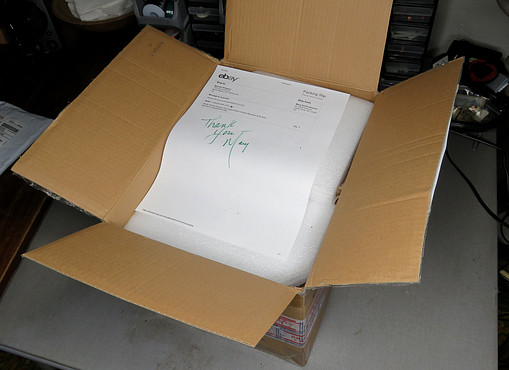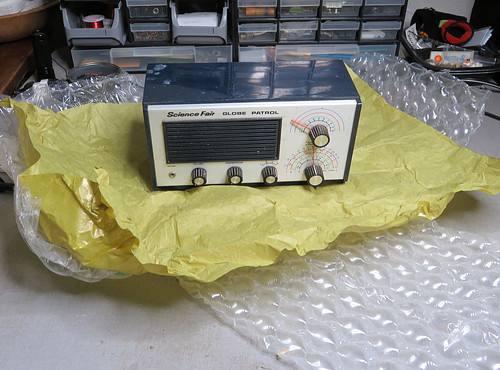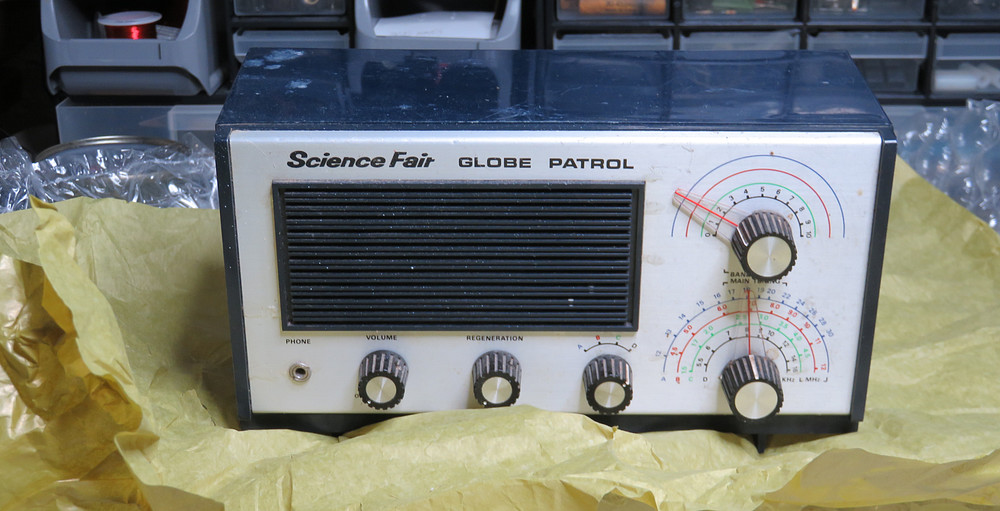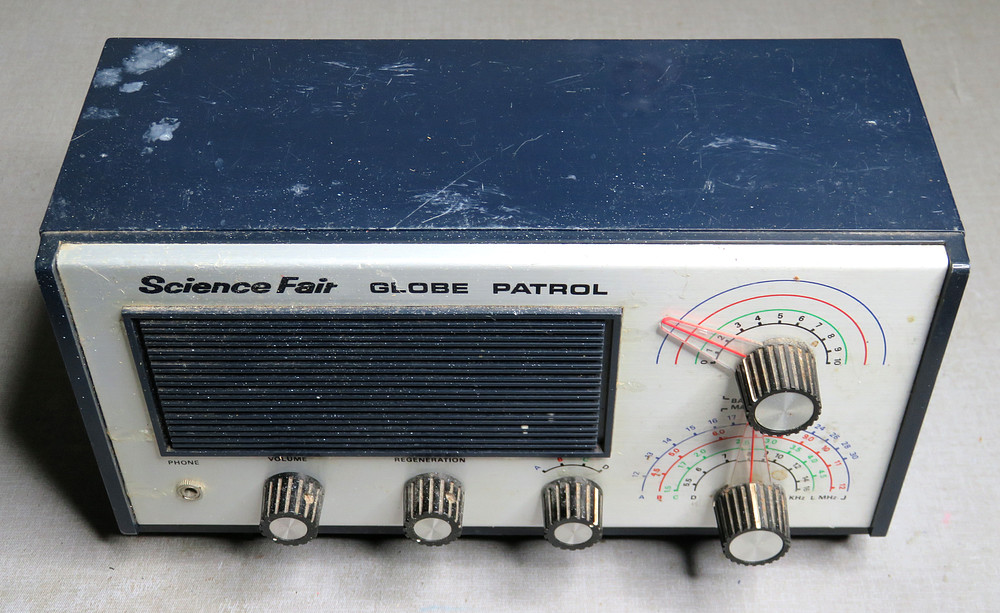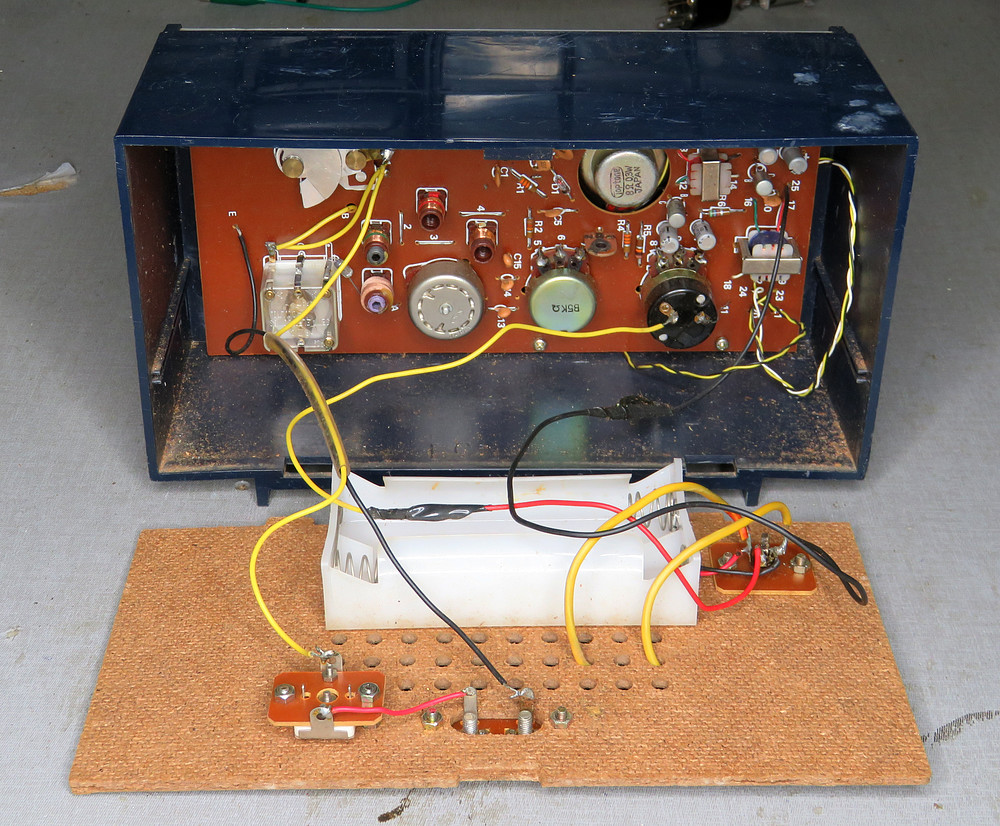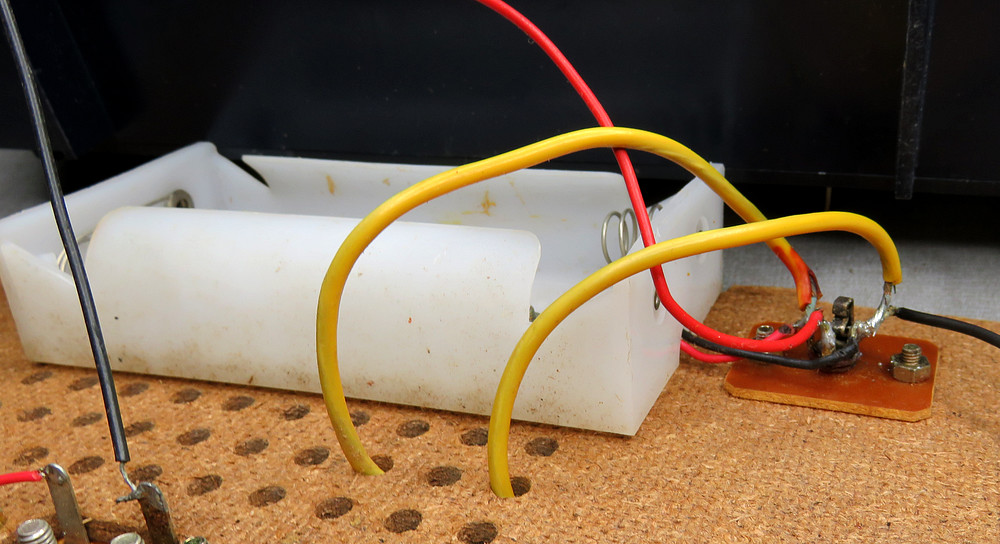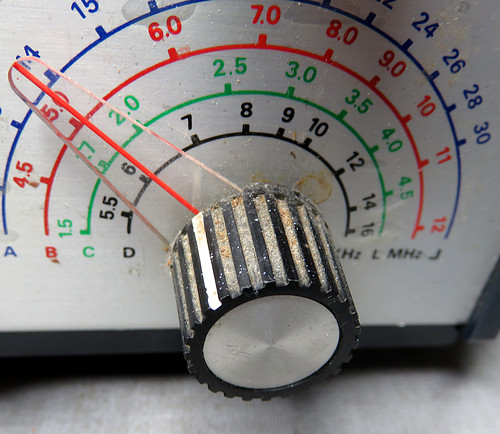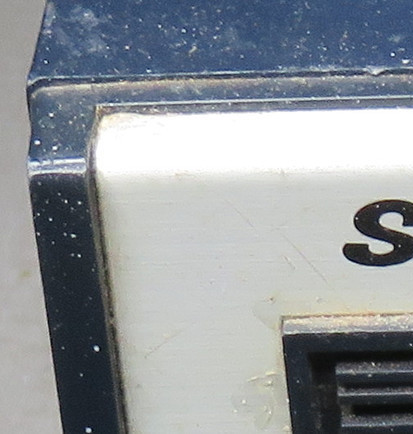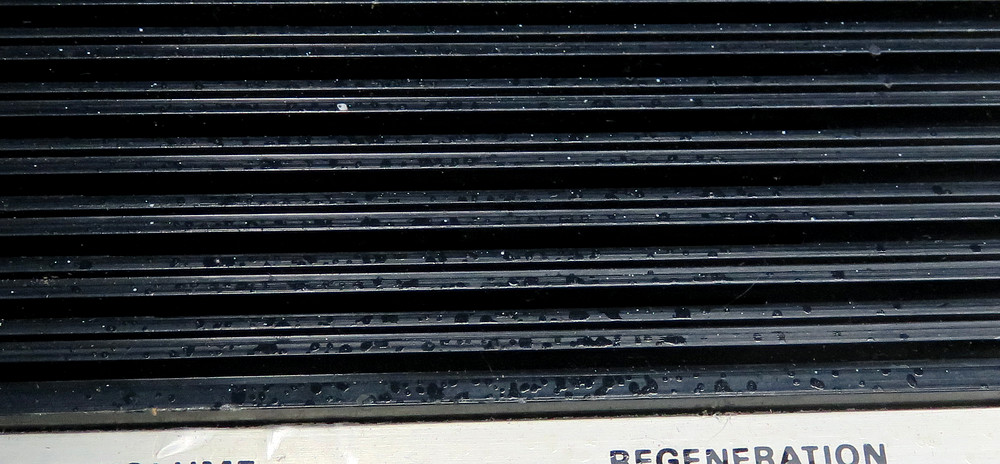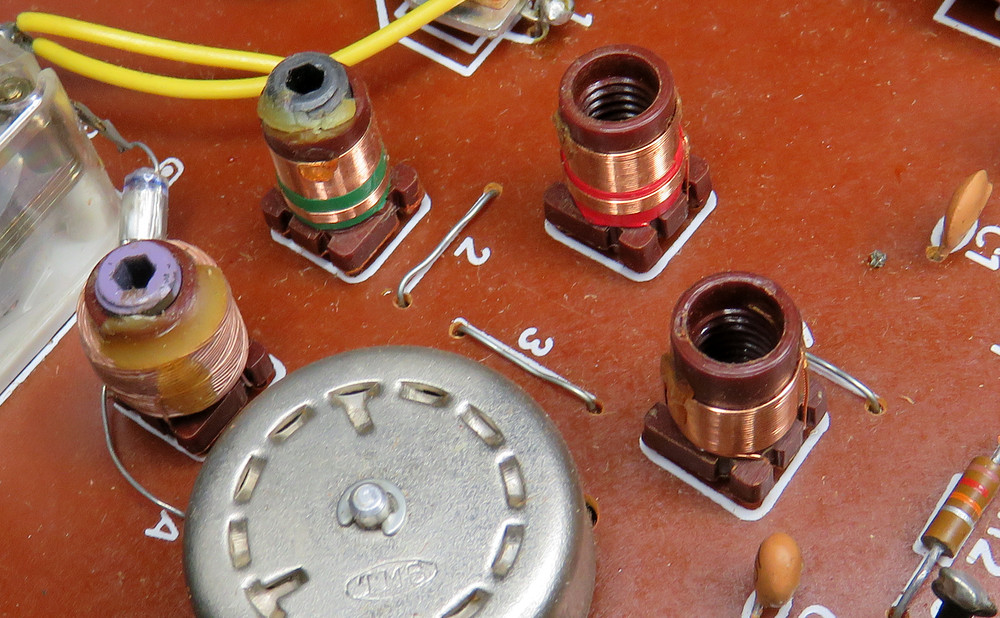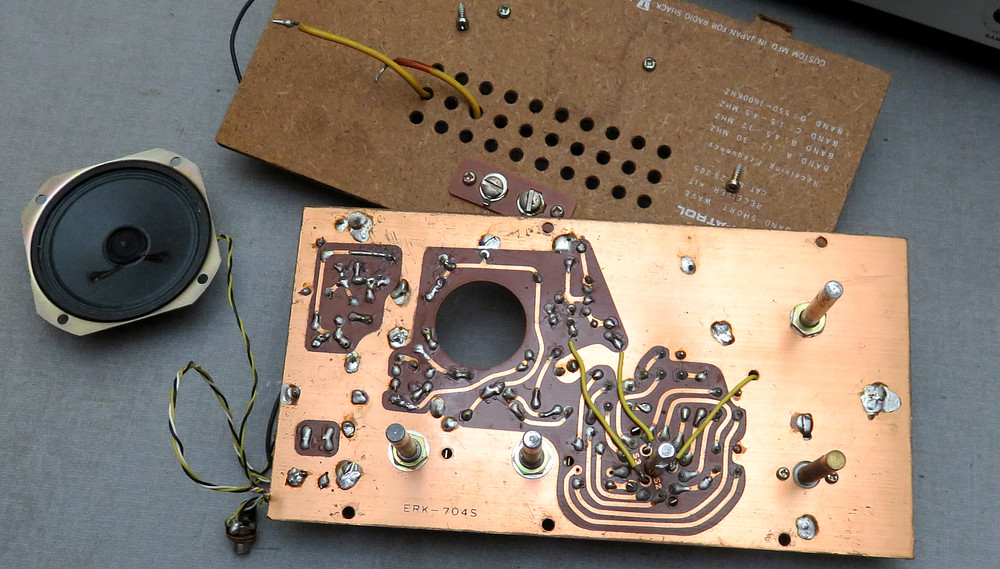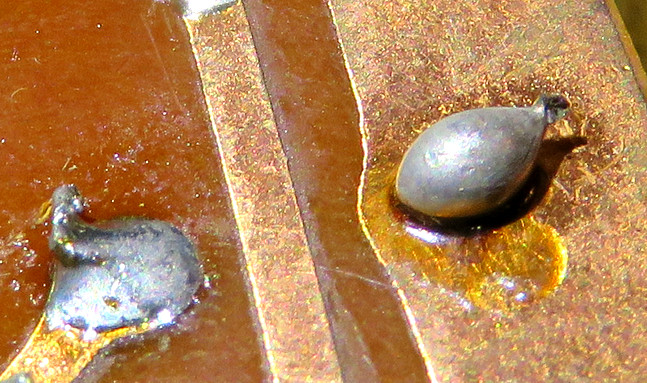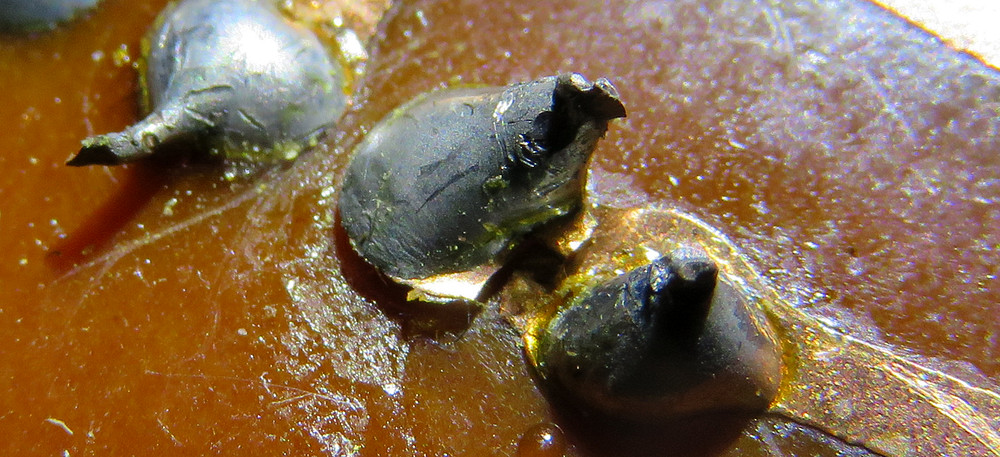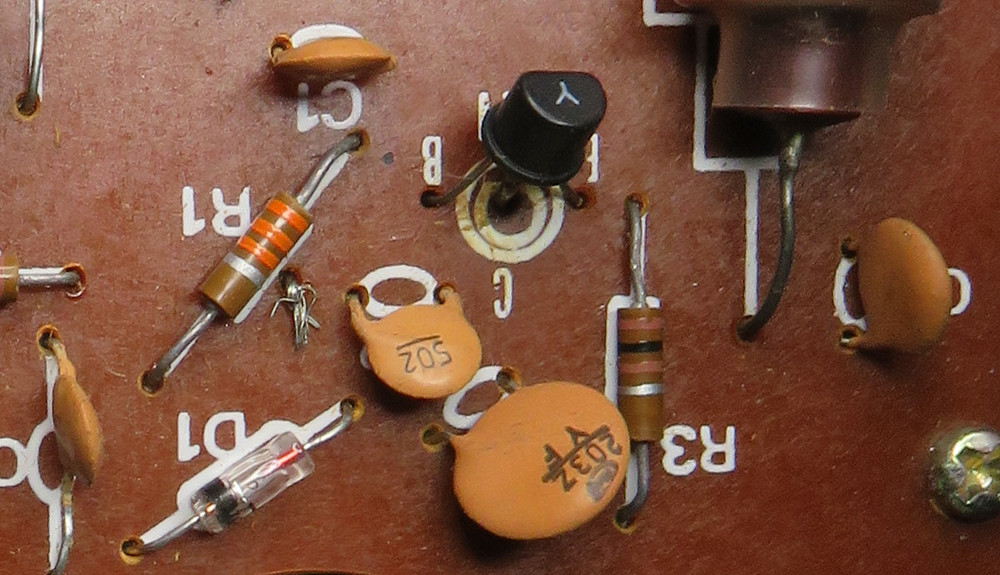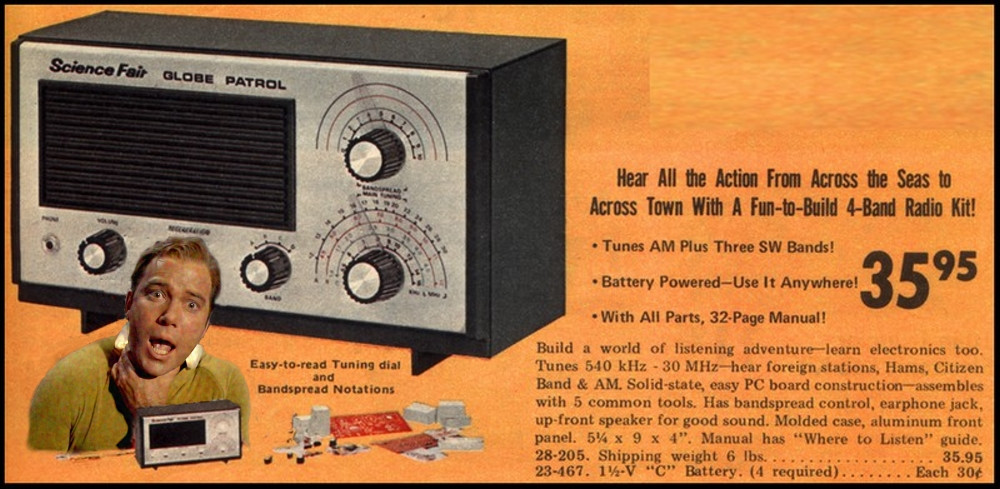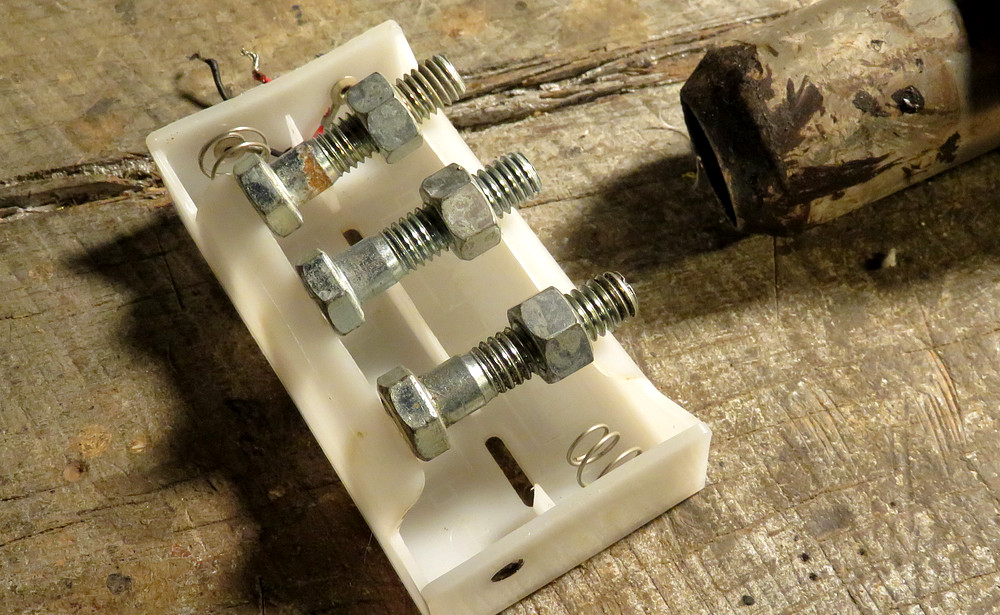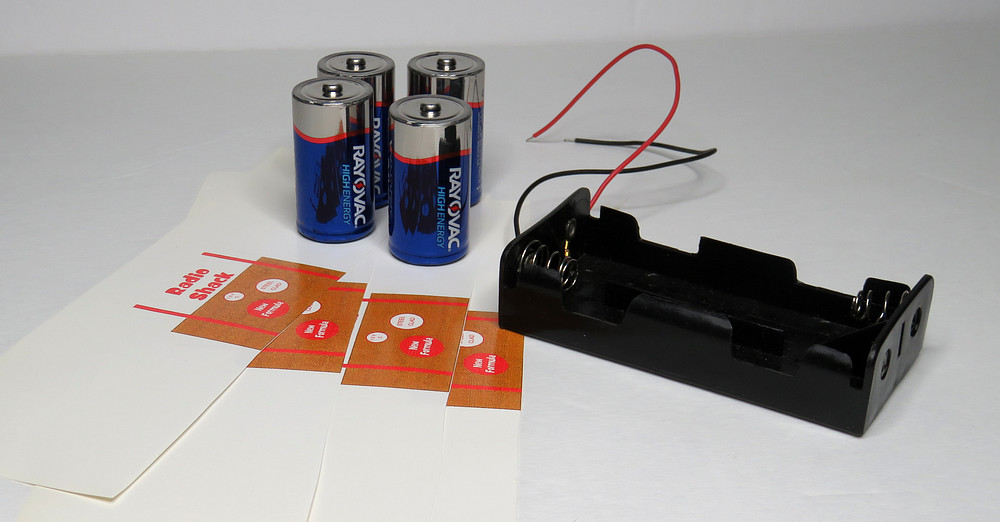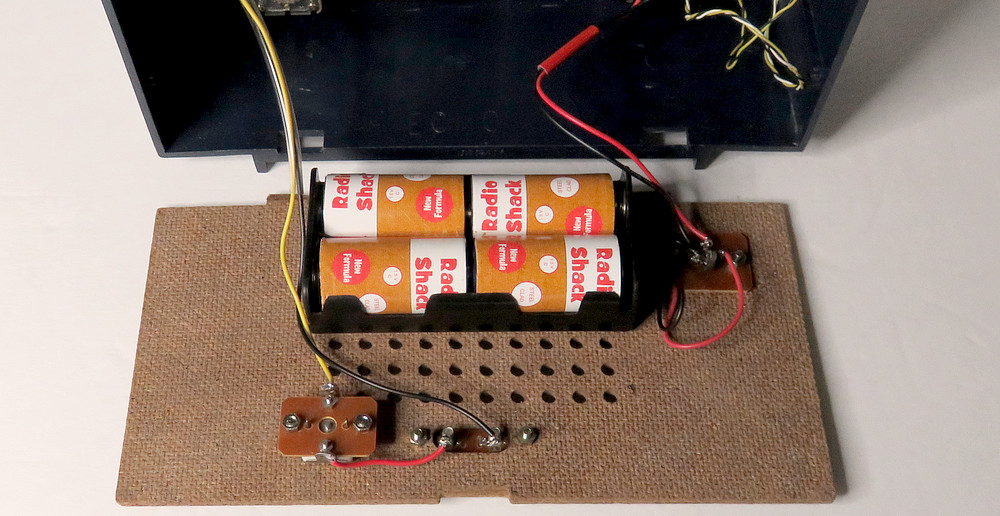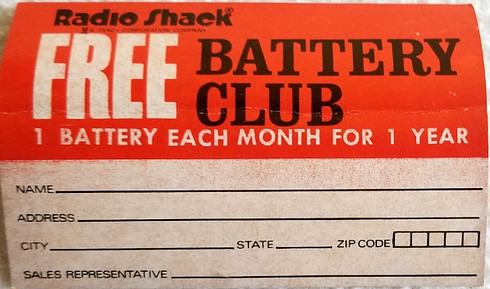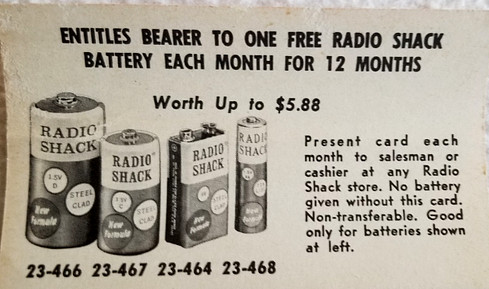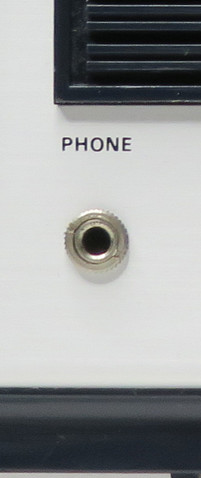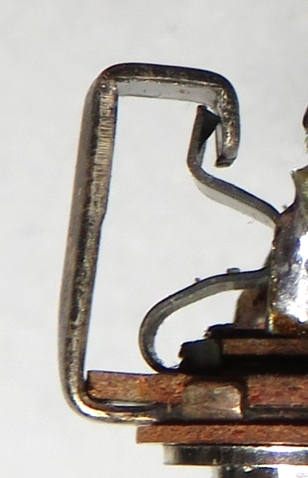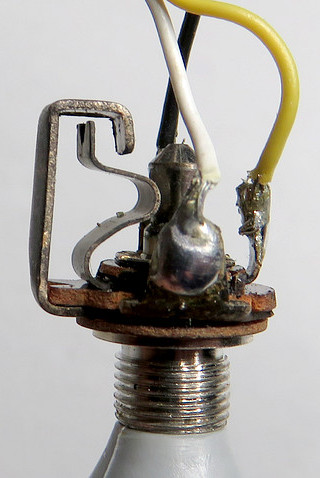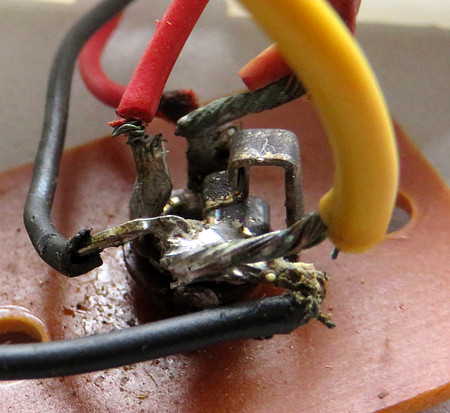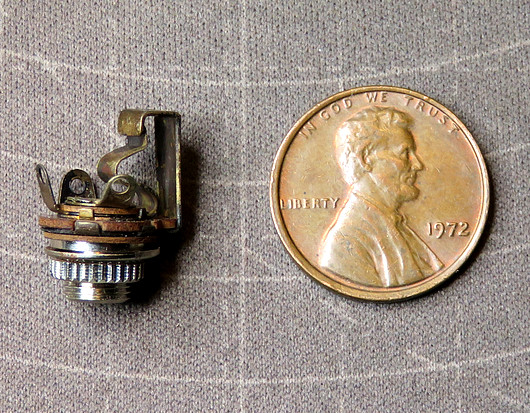|
|
|
|
|
In the package from ebay
was a thank you note from Mary. I emailed her, asking where
the radio came from. She replied that her friend got this
radio at an estate sale, so she didn't know who built it. If
it was an estate sale, we might sadly guess the owner had
passed away. |
|
|
|
|
|
|
The first thing that struck me was that the
cabinet was blue! I didn't know they made blue ones. |
|
|
|
|
|
It was a little rough, with lots of dust. It had
once been shiny, which was my second surprise. I thought they were
all matte black. |
|
|
|
|
Inside I saw taped up
wires. Two yellow wires went out through the vents in the
back panel for external power. This caused some concern.
What was used for the power? Was the polarity ever reversed
by accident?
Little pieces of the back panel had been flaking off for
decades, leaving the inside covered with tan dust. |
|
|
|
|
|
|
|
|
|
I put batteries in it
and turned it on to see if it worked. A crackle came out of
the speaker that was so loud I jumped out of my seat! I
wasn't expecting that. At least I knew the audio amplifier
section worked. Here you see the empty battery holder. More
about that later.
The radio did work to an extent. One of the short wave bands
worked. It picked up three different stations, but these
stations were spread across half the dial. The regeneration
control worked on the other two short wave bands, but the
bands themselves appeared to be dead. The AM broadcast band
picked up all sorts of buzzing and interference, but not a
single actual radio broadcast.
|
|
|
|
Dirt and paint specks. Somebody painted
the room with the radio in it. A lot of old radios have
paint specks on them. The radio probably ended up in the
basement on a shelf collecting dust, ergo the dirt in the
knobs.
The aluminum front panel is covered with a protective sheet
of plastic which was going to come off, so I wasn't worried
about the dirt on it. |
|
|
|
|
|
|
Something sprayed onto the grill. What
is it? Will it come off? |
|
|
|
|
|
| Here are the coils for the four
bands. The coil on the left is for AM Broadcast. The round
silver thing bottom-center is the back of the band selector
switch. Notice the two coils on the right don't have ferrite
slugs in the centers. They're supposed to be that way. |
|
|
|
|
|
|
The other side of the circuit board. |
|
|
|
|
|
The radio had been assembled with a combination
of good and bad solder connections. A perfect example above. |
|
|
|
|
| In the center of this picture is a
lifted trace on the circuit board. On the other side of the
board is a transistor. Something pressed down on the
transistor so hard it pushed the copper off the board. It is
barely connected to the rest of the circuit by a tiny strip
of copper that didn't break. |
|
|
|
|
|
| Here's the other side. Something
smashed into the transistor and two capacitors. How do these
things happen? I'll bet the radio was dropped and the
batteries smashed into the circuit board. |
|
|
|
|
|
|
Redoing connections is harder than making them
the first time. |
|
|
|
|
|
The battery holder had hardened over
the years. It was so difficult to get the batteries in it I
was afraid the back of the radio would break! It was
expanded by placing bolts in it, heating it with a heat gun
and backing the nuts off the bolts until the front was
spread open.
Unfortunately, during the night it reverted back to its
original shape. The plastic is so hard it's difficult to
understand how something so thin can be so un-pliable. There
was no choice but to replace it with a new battery holder.
Unfortunately, I couldn't find a white one. |
|
|
|
|
|
Some nifty Radio Shack battery skins were
printed to go with the new battery holder. They are the design used
in 1977.
Some advice: Never, ever use Duracell batteries in anything,
ever. |
|
|
|
|
|
"WOW! Where'd ja get the Radio Shack
batteries???" |
|
|
|
|
|
|
"I got them for free with my Battery of
the Month Club card. I have FOUR cards!"
Editors note: I spent an hour
reproducing the font on the battery. Then I saw on the card
they once used New Times Roman. DOH! |
|
|
|
|
|
|
|
| The headphone jack. The jack is also
a switch. In the center, the switch is closed and the
speaker is connected. On the right, headphones are plugged
in and the switch opens, cutting off the speaker. The AC
adapter jack works the same way. If the radio is dead, these
jacks are something to look into. I left those sloppy solder
connections alone. The connections are so small I probably
couldn't improve them. |
|
|
|
|
|
|
I couldn't say the same thing about the
AC adapter jack, but as you can see, they are very small. |
|
|
|
| |
|
|
| |


